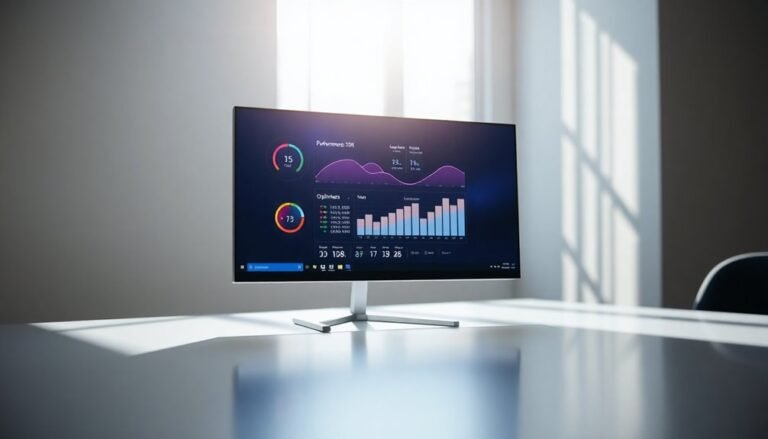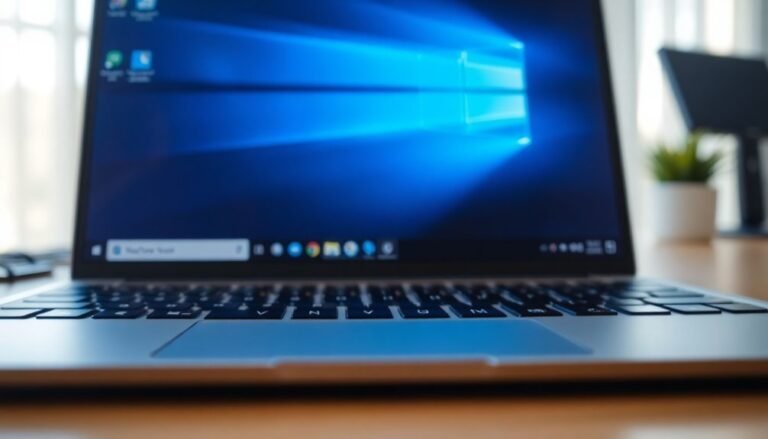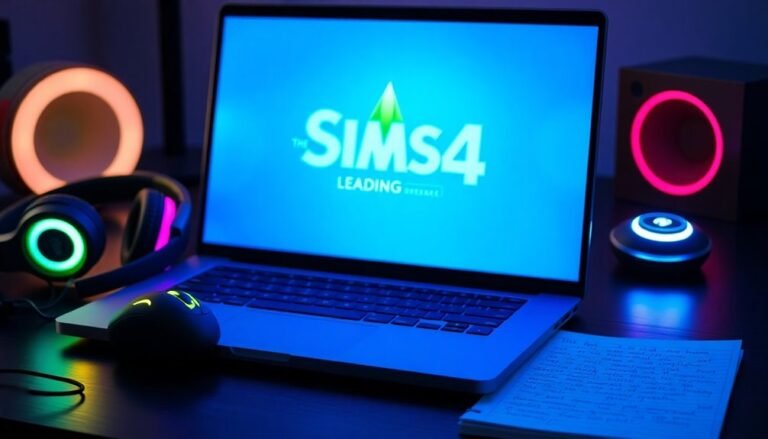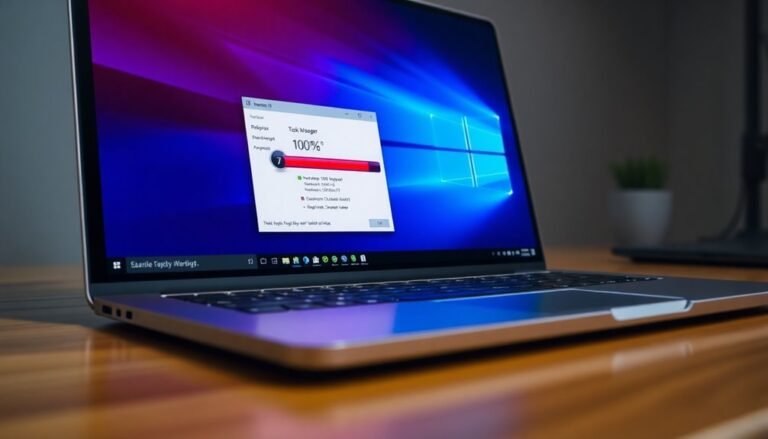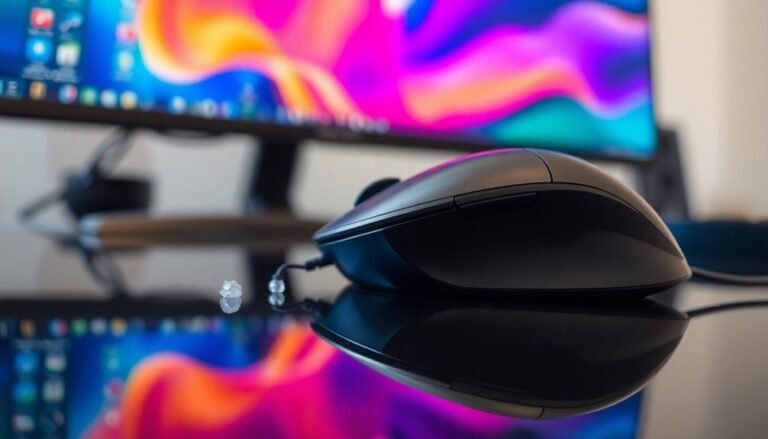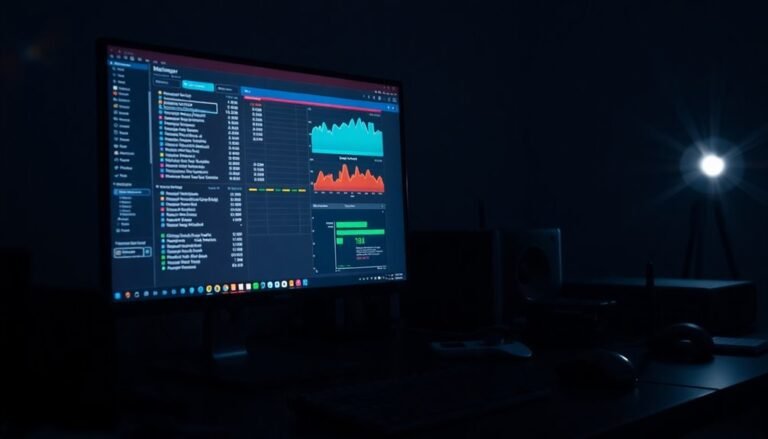Windows Input Experience High Memory Usage: Fix Input Service Memory

If you’re experiencing high memory usage with the Windows Input Experience, the issue may be due to excess language packs, system bugs, or conflicting software. Check for memory spikes in Task Manager and monitor for any lagging inputs.
To resolve this, consider disabling unnecessary startup programs and updating your operating system. Additionally, cleaning temporary files can help reduce memory usage.
If the problems continue, look into advanced solutions such as restarting the input service or running Startup Repair. There are further steps you can take to optimize performance for a smoother experience.
Causes of High Memory Usage in Windows Input Experience

If you’re experiencing high memory usage due to Windows Input Experience, there are several factors that could be contributing to the problem.
One significant cause is the installation of excess language packs and input methods. When multiple language packs are present, they can lead to numerous background processes running, increasing memory consumption even if you don’t actively use them. Windows Input Experience typically operates in the background with minimal resource usage, but excessive resource consumption can lead to system slowdowns.
Another common issue is memory leaks within the Windows Input Experience service, which can occur as a result of bugs from Windows updates or poor memory management. This can cause memory usage to gradually increase over time.
Additionally, conflicting software and outdated drivers may lead to inefficient memory allocation by the service, further exacerbating the problem.
Corrupted system files can also play a role in poor memory handling, causing Windows Input Experience to misuse system resources.
To effectively reduce high memory usage and enhance your system’s performance, it’s crucial to identify and address these issues. This includes removing unnecessary language packs, ensuring your drivers are up to date, and repairing any corrupted files on your system.
Symptoms of Resource Overconsumption
If you’re noticing high memory usage from Windows Input Experience, there are several symptoms that indicate potential resource overconsumption. You may observe significant memory spikes in Task Manager, often reaching hundreds of megabytes or even several gigabytes. This overconsumption can lead to a decrease in your system’s overall responsiveness, causing frustrating lags as you process inputs. Additionally, it is essential to remember that legitimate system components typically operate with minimal resource usage, so any significant deviation could indicate an underlying problem.
Accompanying these memory spikes, you might experience high disk or CPU usage, resulting in longer load times and slower performance. Input devices, such as your mouse cursor or keyboard, may lag or intermittently stop responding, and features like the on-screen keyboard could freeze unexpectedly.
Additionally, applications that rely on these inputs might fail to recognize your commands, disrupting your workflow. Frequent warnings about low memory or system resource exhaustion may also pop up on your screen, alerting you to potential issues. You might notice an increase in fan noise due to the extra strain on your system, and attempting to multitask during input-heavy tasks can lead to system freezes.
Monitoring these symptoms is essential for identifying and addressing issues related to Windows Input Experience, ensuring your system runs smoothly and efficiently. For optimal performance, consider troubleshooting high memory usage and adjusting settings as needed.
Impact on System Performance
High memory usage from Windows Input Experience significantly impacts system performance, causing tasks to become sluggish and unresponsive.
When this feature consumes large amounts of RAM, you may experience reduced memory availability for active applications, leading to slowdowns in essential functions such as typing and clicking. This excessive resource drain can introduce delays in executing your commands, negatively affecting real-time interactions.
As competing processes vie for RAM, your system may experience throttling or increased disk paging, resulting in higher memory access latency. For users who multitask, resource exhaustion can lead to application freezes or crashes, disrupting your workflow.
Moreover, excessive memory consumption forces your system into aggressive paging strategies, which further diminishes efficiency and speed.
Over time, issues like memory leaks and poor resource management can cause system instability, increasing the likelihood of crashes or hangs. Such instability may necessitate frequent reboots, interrupting your work and elevating the risk of data loss.
Common Solutions to Address Memory Issues
To effectively address memory issues linked to the Windows Input Experience, it’s important to implement straightforward strategies that can significantly boost your system’s performance.
Start by ensuring that your Windows operating system and applications are regularly updated, as this allows you to benefit from essential performance enhancements and reduces the risk of memory leaks.
Next, consider disabling unnecessary startup programs. This action can conserve memory resources during boot-up and improve overall system responsiveness. Utilize Task Manager or Resource Monitor to keep an eye on background processes, and identify any applications that are consuming excessive RAM, closing them as necessary.
Optimizing your virtual memory settings is another effective measure. By manually configuring your page file size, you may experience enhanced performance tailored to your system’s needs.
Additionally, it’s beneficial to routinely clear temporary files using the built-in Disk Cleanup tool, or you can activate Windows Storage Sense for automatic file maintenance.
If you consistently encounter memory constraints, it may be time to upgrade your physical RAM. This simple hardware enhancement can significantly reduce memory pressure, allowing for smoother multitasking and greater overall system stability.
Advanced Troubleshooting Techniques
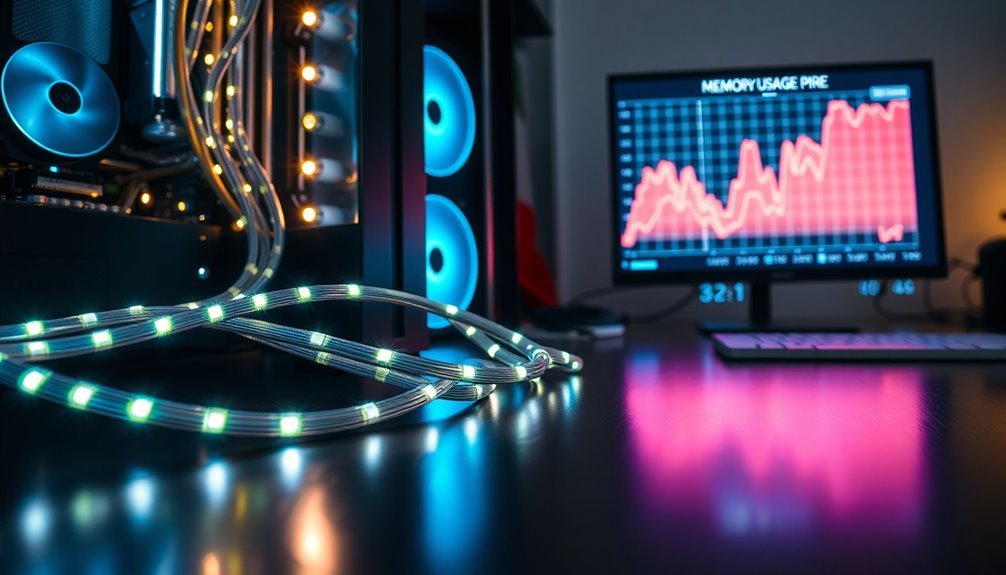
If you’re experiencing issues with service management and memory optimization for your device, one effective solution is to restart the Touch Keyboard and Handwriting Panel Service. This process helps reset any memory spikes and allows you to adjust its startup type based on your specific needs.
To manage memory consumption effectively, open Task Manager and terminate any processes that are significantly using up memory resources.
For more complex problems, consider running a Startup Repair or booting into Safe Mode to help identify and isolate any conflicts affecting your system.
Additionally, it’s essential to check for any recent system updates or third-party driver incompatibilities, as these can often disrupt input services and lead to increased memory usage.
Preventive Measures for Optimal Performance
Optimizing Memory Usage for Enhanced System Performance
Managing memory usage can seem daunting, but by implementing effective preventive measures, you can significantly improve your system’s performance. Here are some key strategies to optimize your memory and ensure smooth operation:
- Remove Unused Language Packs: To free up valuable memory, regularly go to Settings > Time & Language > Language & Region and remove any language packs that you no longer use.
- Disable Unnecessary Features: To reduce background resource consumption, navigate to Settings > Ease of Access and disable features like Narrator and On-Screen Keyboard that you don’t need.
- Schedule Periodic Restarts: To combat transient memory leaks and glitches, consider scheduling regular restarts for the Windows Input Experience. This helps refresh the system and maintain optimal performance.
- Monitor Task Manager: Keep an eye on Task Manager for any unusual CPU or memory usage. Limiting unnecessary competing background tasks can lead to leaner and more efficient system performance.
Frequently Asked Questions
What Is the Primary Function of Windows Input Experience?
The primary function of Windows Input Experience is to handle input from devices like keyboards, mice, and touchscreens. It processes commands, manages language preferences, and guarantees smooth user interaction with the Windows operating system.
Does Windows Input Experience Affect Startup Time?
Windows Input Experience doesn’t directly affect startup time, but its high resource usage can slow system responsiveness post-boot. If not properly configured, it may contribute to delays in getting your system fully operational after startup.
Can I Disable Windows Input Experience Entirely?
You can’t disable Windows Input Experience entirely without risking system stability. Instead, optimize it by removing unused language packs and disabling unnecessary input methods to reduce its resource consumption without impacting essential features.
Is High Memory Usage Always Indicative of a Problem?
High memory usage isn’t always a problem. For instance, processes can use up to 80% of RAM during heavy tasks without issues. It’s essential to assess performance symptoms alongside memory consumption for accurate diagnostics.
How Can I Monitor Real-Time Memory Usage of Services?
You can monitor real-time memory usage of services using Resource Monitor, Performance Monitor, and Process Monitor. Set up customized tracking, establish baselines, and regularly check alerts to guarantee peak performance and quickly identify issues.
Conclusion
In resolving high memory usage in Windows Input Experience, you’re not just fixing a problem; you’re enhancing your overall system performance. Coincidentally, by implementing these solutions and preventive measures, you may discover your computer runs smoother in ways you never anticipated. Staying proactive can lead to a more efficient experience, enabling you to focus on what really matters—your tasks, creativity, and productivity. Your system’s health directly influences your success, so take charge and optimize it today.
